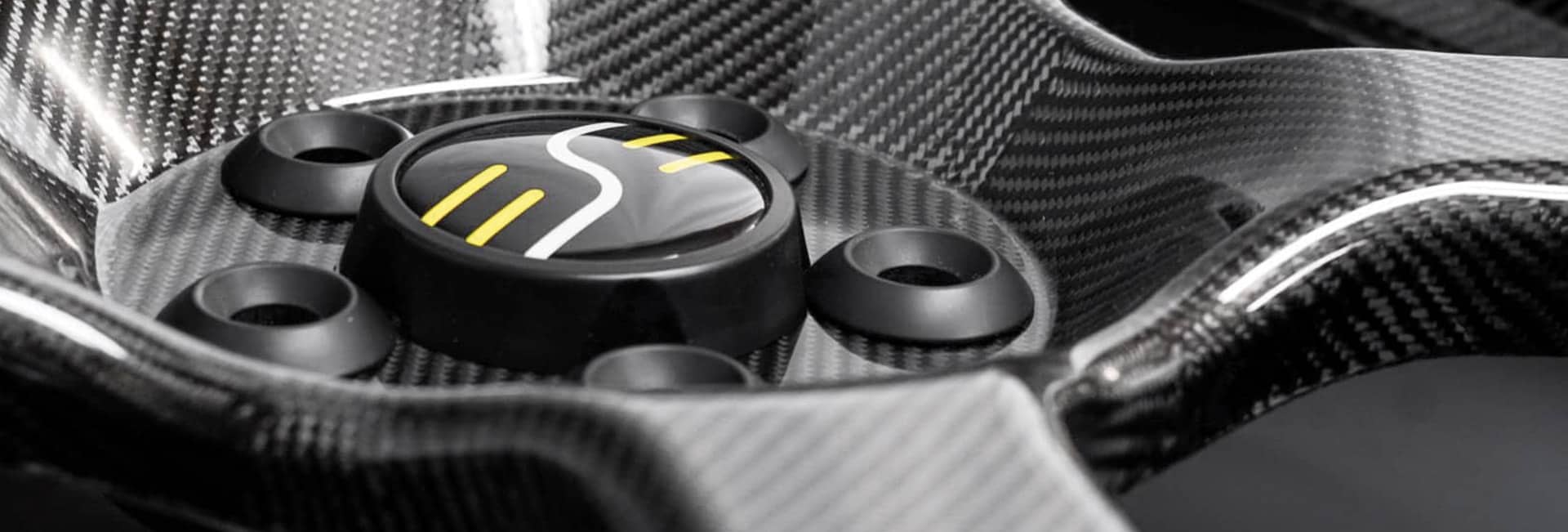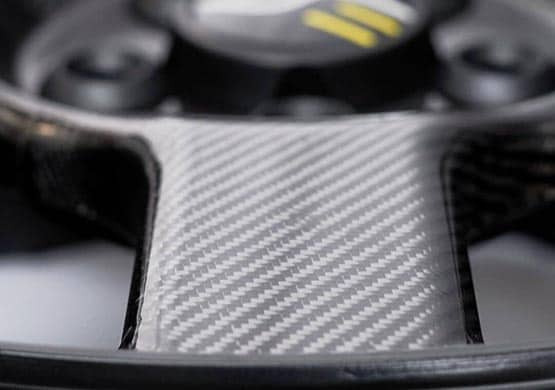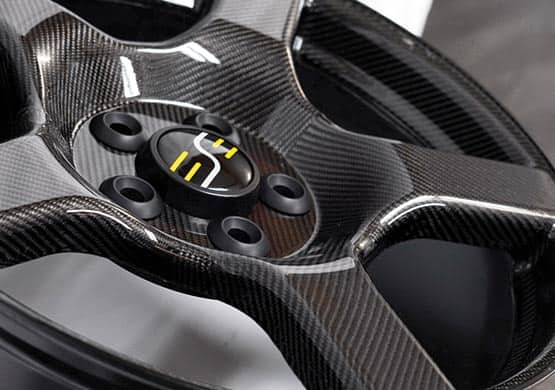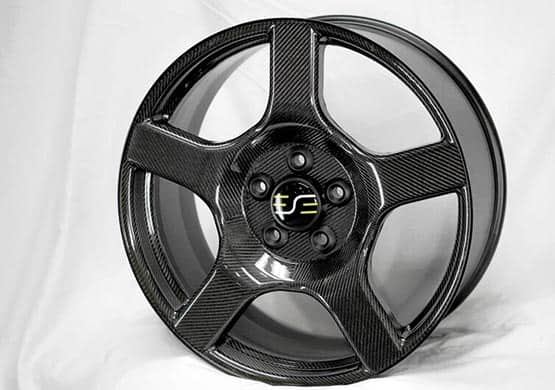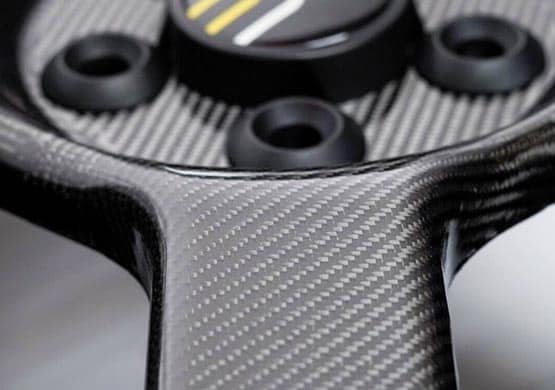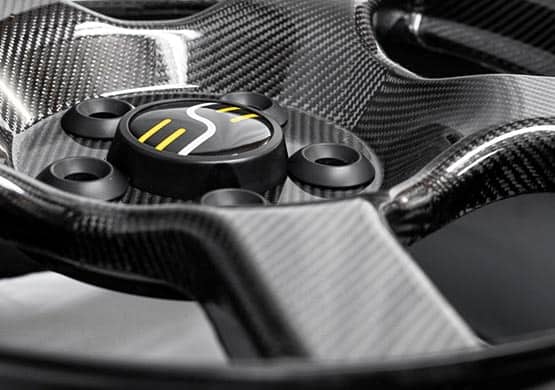ESE Carbon Company - Successful implementation of Tailored Fibre Placement
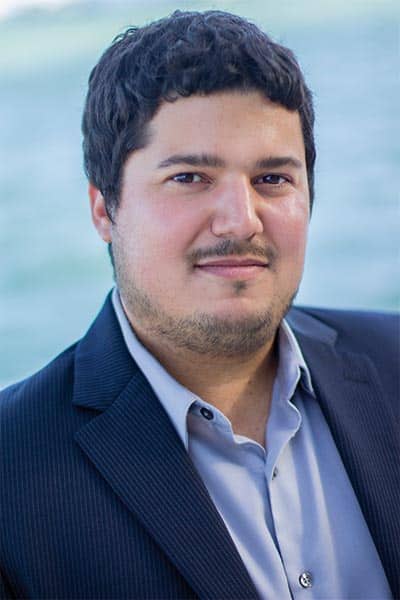
Carlos Hermida, CEO of ESE Cabon Company
ESE Carbon Company is an advanced carbon fibre manufacturing company founded in 2011. ESE has developed a one-piece, one-cure, carbon fibre wheel and has issued patents relating to the manufacturing process. ESE’s mission is to deliver performance carbon fibre products with quality, consistency and affordability, while achieving mass production capability. The aim for ESE Carbon Company's wheel is to be the world’s highest strength-to-weight automotive wheel available.
Carlos Hermida, CEO of ESE Carbon Company, early on recognized the automotive industry trend of necessary weight savings and efficiency enhancement, and that the use of carbon fibre is the solution for these ambitious goals. Carlos found that the perception of carbon fibre components often was that they are high priced, not widely available and technically challenging to manufacture. The ESE team designed a process integrating TFP that allows fast paced, high volume manufacturing of carbon fibre components with excellent mechanical properties and a low-cost structure.
TFP - a benefiting step forward
Every wheel that ESE Carbon Company manufactures today is made 100% from TFP stitched carbon fibre. ESE originally manufactured with traditional carbon fibre fabrics before transitioning to the ZSK STICKMASCHINEN TFP technology.
Carlos Hermida is convinced that “for my application TFP is a perfect match - the more complex the design is from a layup and engineering perspective, the more substantial the benefits that TFP will allow you to materialize.”
ESE Carbon Company first established their partnership with ZSK STICKMASCHINEN by investing in a sample machine to better understand the capability of the TFP technology. This allowed ESE's team to have familiarity with the EPCwin digitizing software, along with understanding the benefits and limitations of the stitched TFP technology, prior to receiving their first production machine.
Facts
The manufacturing benefits found using the ZSK STICKMASCHINEN's technology are a 50% reduction of pieces that make up the wheel, 50% reduction in layup times, an improved layup quality, optimized carbon fibre orientation, a carbon fibre waste reduction and overall cost reduction. The carbon fibre waste was reduced from 50% with traditional carbon fibre fabrics to just 5% with TFP, and by consolidating the supply chain for carbon fibre, substantial savings on raw material were also achieved.
Significant savings
One of the most significant cost savings arises from the layup improvements. The reduction of layup times not only reduces the labour cost of the part itself, but it makes the use of moulds more efficient, as reduced layup times allows for more parts per mould to be made each day. The number of moulds required is reduced and this has a huge impact on the overall investment costs per wheel design. A reduction in the number of carbon fibre plies needed for a design, as well as more control in how they are formed, brings considerable improvement in the quality of layups. Analytical testing and CT scans prove that it has helped ESE reduce resin rich areas and therefore improve mechanical properties of the wheels.
Flexibility and quality
A key point recognized by Carlos is that “with traditional fabrics the orientation of your carbon fibre plies is limited. On the other hand, with TFP, there is almost unlimited ability to create straight or curved patterns in any direction. This flexibility allows you to design plies that are optimize to manage loads and stresses much more effectively than possible with traditional fabrics.” Because carbon fibre and resin have different rates of thermal expansion as the carbon composite heats and cools, the end may result in residual stresses and cracks without proper engineering and design. The design possibilities that TFP offers enabled the ESE engineers to customize the carbon fibre direction, providing reduction of residual stresses and risk of cracks.
The future is bright for TFP
TFP has yielded ESE Carbon Company significant efficiency and operational benefits by simplifying the manufacturing process and improving quality control. After recognizing the benefits of TFP, Carlos summarized “I continue to be amazed with ZSK and TFP technology. There is no question that this technology will be widely adopted within the Carbon Fibre Industry over the coming years. As awareness increases, I see TFP becoming much more prevalent within our marketplace.”
The ZSK STICKMASCHINEN TFP technology has been a great addition to ESE Carbon Company, supporting their growth and development. The future remains bright for ESE Carbon Company and TFP development.

